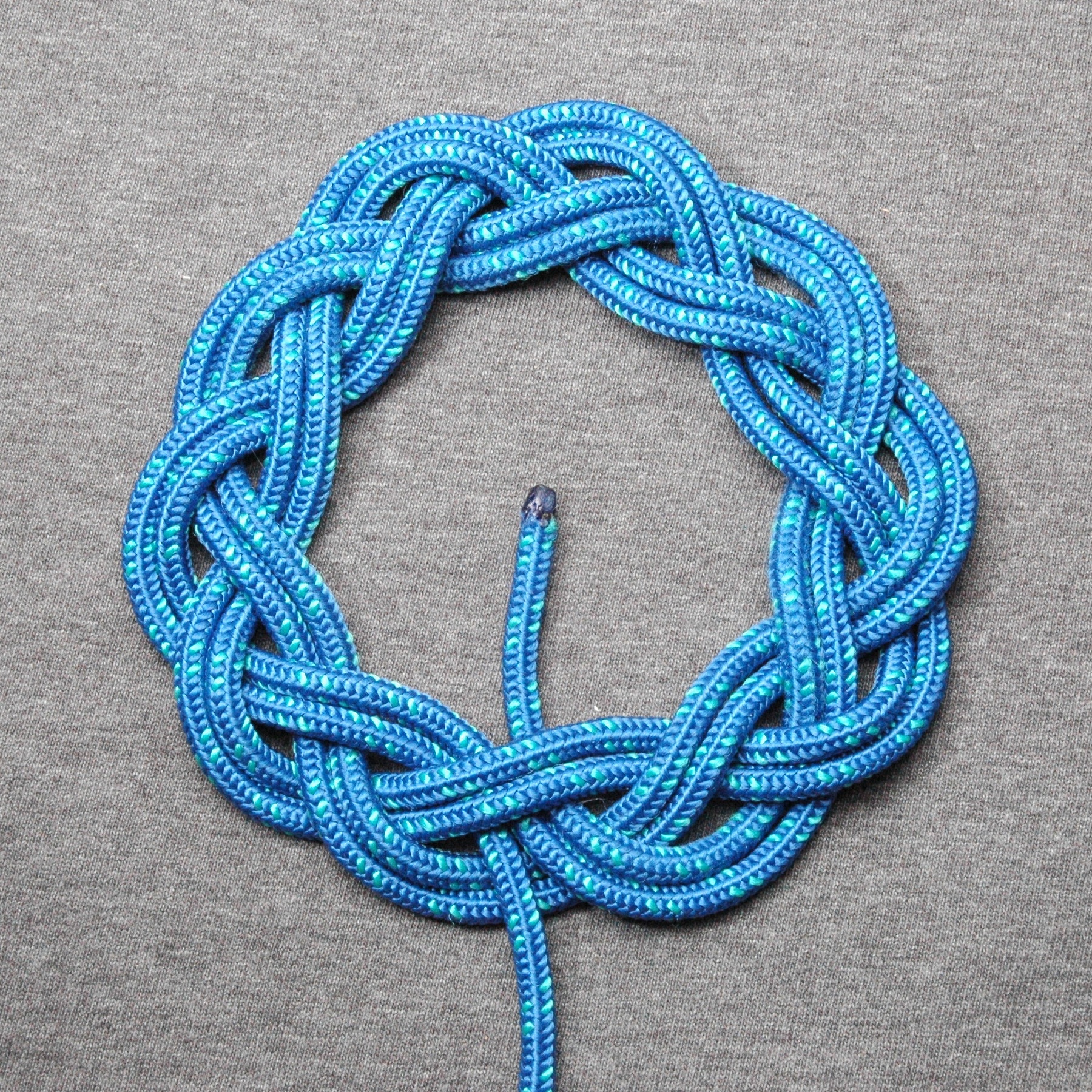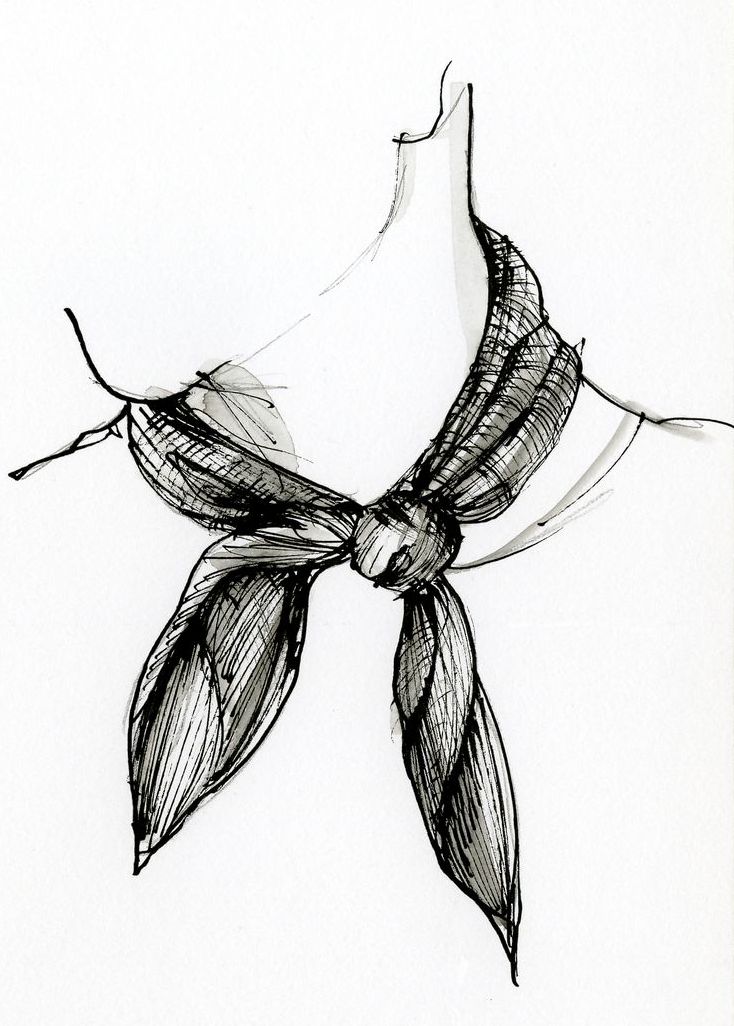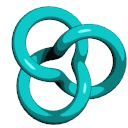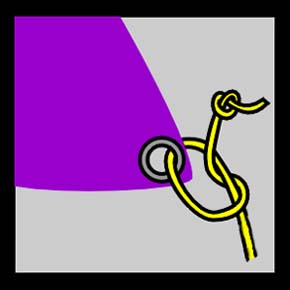|
Turk's Head Knot
A Turk's head knot, sometimes known as a sailor's knot, is a decorative knot with a variable number of interwoven strands forming a closed loop. The name refers to a general family of knots, not an individual knot. While this knot is typically made around a cylinder, it can also be formed into a flat, mat-like shape. Some variants can be arranged into a roughly spherical shape, akin to a monkey's fist knot. This knot is primarily used for tightening up underlying material to overlay as a tubular covering knot, prevent slipping, and add a decorative element. A notable practical use for the ''Turk's head'' is to mark the "king spoke" of a ship's wheel (the spoke that is upright when the rudder is in a central position). The knot takes its name from its resemblance to a turban ( tr, sarık), though a turban is wound rather than interwoven. Leads and bights Different types of Turk's head knots are classified according to the number of leads and bights, as well as the method of ... [...More Info...] [...Related Items...] OR: [Wikipedia] [Google] [Baidu] |
Carrick Mat
The carrick mat is a flat woven decorative knot which can be used as a mat or pad. Its name is based on the mat's decorative-type Carrick bend#Decorative uses, carrick bend with the ends connected together, forming an endless knot. A larger form, called the prolong knot, is made by expanding the basic carrick mat by extending, twisting, and overlapping its outer bight (knot), bights, then weaving the free ends through them. This process may be repeated to produce an arbitrarily long mat. In its basic form it is the same as a 3-lead, 4-bight Turk's head knot. The basic carrick mat, made with two passes of rope, also forms the central motif in the logo of the International Guild of Knot Tyers. When tied to form a cylinder around the central opening, instead of lying flat, it can be used as a woggle. See also * List of knots References External links * Alternating knots and links Fibered knots and links Fully amphichiral knots and links Hyperbolic knots and links {{D ... [...More Info...] [...Related Items...] OR: [Wikipedia] [Google] [Baidu] |
Coprime
In mathematics, two integers and are coprime, relatively prime or mutually prime if the only positive integer that is a divisor of both of them is 1. Consequently, any prime number that divides does not divide , and vice versa. This is equivalent to their greatest common divisor (GCD) being 1. One says also '' is prime to '' or '' is coprime with ''. The numbers 8 and 9 are coprime, despite the fact that neither considered individually is a prime number, since 1 is their only common divisor. On the other hand, 6 and 9 are not coprime, because they are both divisible by 3. The numerator and denominator of a reduced fraction are coprime, by definition. Notation and testing Standard notations for relatively prime integers and are: and . In their 1989 textbook ''Concrete Mathematics'', Ronald Graham, Donald Knuth, and Oren Patashnik proposed that the notation a\perp b be used to indicate that and are relatively prime and that the term "prime" be used instead of coprime (as ... [...More Info...] [...Related Items...] OR: [Wikipedia] [Google] [Baidu] |
Award
An award, sometimes called a distinction, is something given to a recipient as a token of recognition of excellence in a certain field. When the token is a medal, ribbon or other item designed for wearing, it is known as a decoration. An award may be described by three aspects: 1) who is given 2) what 3) by whom, all varying according to purpose. The recipient is often to a single person, such as a student or athlete, or a representative of a group of people, be it an organisation, a sports team or a whole country. The award item may be a decoration, that is an insignia suitable for wearing, such as a medal, badge, or rosette (award). It can also be a token object such as certificate, diploma, championship belt, trophy, or plaque. The award may also be or be accompanied by a title of honor, as well as an object of direct value such as prize money or a scholarship. Furthermore, an honorable mention is an award given, typically in education, that does not confer the recipie ... [...More Info...] [...Related Items...] OR: [Wikipedia] [Google] [Baidu] |
Scout Leader
A Scout leader or Scouter generally refers to the trained adult leader of a Scout unit. The terms used vary from country to country, over time, and with the type of unit. Roles There are many different roles a leader can fulfill depending on the type of unit. Positions are usually voluntary and are often divided between 'uniform' and 'lay' roles. For many, this volunteerism is an avocation. Uniformed Scout Leaders are primarily responsible for organizing the activities of the group, and training the youth members through the Scout program. Other roles include liaison with parents, districts, or other parties such as the unit's sponsoring (chartered) organization. Lay supporters are not always termed Scout Leaders; although they may assist with activities and training, they do not always hold a formal position and may not have received training. Beyond the Scout programme, lay supporters may take responsibility for administrative tasks such as budgets, managing properties, re ... [...More Info...] [...Related Items...] OR: [Wikipedia] [Google] [Baidu] |
Neckerchief
A neckerchief (from ''neck'' (n.) + ''kerchief''), sometimes called a necker, kerchief or scarf, is a type of neckwear associated with those working or living outdoors, including farm labourers, cowboys and sailors. It is most commonly still seen today in the Scouts, Girl Guides and other similar youth movements. A neckerchief consists of a triangular piece of cloth or a rectangular piece folded into a triangle. The long edge is rolled towards the point, leaving a portion unrolled. The neckerchief is then fastened around the neck with the ends either tied or clasped with a slide or woggle. Naval Neckerchiefs worn by sailors are shaped like a square, and are folded in half diagonally before rolling, with rolling occurring from the tip of the resulting triangle to its hypotenuse. Either neckerchief is then placed on the wearer's back, under or over the shirt collar with the ends at the front of the wearer. The rolled ends then pass around the neck until they meet in front of it ... [...More Info...] [...Related Items...] OR: [Wikipedia] [Google] [Baidu] |
Woggle
A woggle (or ''neckerchief slide'') is a device to fasten the neckerchief, or scarf, worn as part of the Scout or Girl Guides uniform, originated by a Scout in the 1920s. Name origin One story relating to the origin of the word 'woggle' is that it was named to rhyme with the word ''boon doggle'' used in America. However the term woggle pre-dates the first known reference to this in 1925. There are a few other references to the word woggle before its adoption by the Scout movement. It is thought that woggle was a verb, with similar meanings to waggle and wobble, in the 16th century. It was in limited use as a noun around 1900. Another report is that William 'Bill' Shankley, while working at Gilwell Park with Scouting's founder, prior to 1922, called it a woggle, 'a name given to something without a name'. Earliest use The earliest known reference to a woggle is the June 1923 edition of British '' The Scout''. The term was quickly applied to other designs of fastener, of ma ... [...More Info...] [...Related Items...] OR: [Wikipedia] [Google] [Baidu] |
World Organization Of The Scout Movement
The World Organization of the Scout Movement (WOSM ) is the largest international Scouting organization. WOSM has 173 members. These members are recognized national Scout organizations, which collectively have around 43 million participants. WOSM was established in 1922, and has its operational headquarters at Kuala Lumpur, Malaysia and its legal seat in Geneva, Switzerland. It is the counterpart of the World Association of Girl Guides and Girl Scouts (WAGGGS). The WOSM's current stated mission is "to contribute to the education of young people, through a value system based on the Scout Promise and Scout Law, to help build a better world where people are self-fulfilled as individuals and play a constructive role in society". WOSM is organized into regions and operates with a conference, committee and bureau. The WOSM is associated with three World Scout Centres. The World Scout Jamboree is held roughly every four years under the auspices of the WOSM, with members of WAGGGS also ... [...More Info...] [...Related Items...] OR: [Wikipedia] [Google] [Baidu] |
Torus Knot
In knot theory, a torus knot is a special kind of knot that lies on the surface of an unknotted torus in R3. Similarly, a torus link is a link which lies on the surface of a torus in the same way. Each torus knot is specified by a pair of coprime integers ''p'' and ''q''. A torus link arises if ''p'' and ''q'' are not coprime (in which case the number of components is gcd(''p, q'')). A torus knot is trivial (equivalent to the unknot) if and only if either ''p'' or ''q'' is equal to 1 or −1. The simplest nontrivial example is the (2,3)-torus knot, also known as the trefoil knot. Geometrical representation A torus knot can be rendered geometrically in multiple ways which are topologically equivalent (see Properties below) but geometrically distinct. The convention used in this article and its figures is the following. The (''p'',''q'')-torus knot winds ''q'' times around a circle in the interior of the torus, and ''p'' times around its axis of rotational symmetry.. If ' ... [...More Info...] [...Related Items...] OR: [Wikipedia] [Google] [Baidu] |
Alternating Knot
In knot theory, a knot or link diagram is alternating if the crossings alternate under, over, under, over, as one travels along each component of the link. A link is alternating if it has an alternating diagram. Many of the knots with crossing number less than 10 are alternating. This fact and useful properties of alternating knots, such as the Tait conjectures, was what enabled early knot tabulators, such as Tait, to construct tables with relatively few mistakes or omissions. The simplest non-alternating prime knots have 8 crossings (and there are three such: 819, 820, 821). It is conjectured that as the crossing number increases, the percentage of knots that are alternating goes to 0 exponentially quickly. Alternating links end up having an important role in knot theory and 3-manifold theory, due to their complements having useful and interesting geometric and topological properties. This led Ralph Fox to ask, "What is an alternating knot?" By this he was asking what non-diag ... [...More Info...] [...Related Items...] OR: [Wikipedia] [Google] [Baidu] |
Trefoil Knot
In knot theory, a branch of mathematics, the trefoil knot is the simplest example of a nontrivial knot. The trefoil can be obtained by joining together the two loose ends of a common overhand knot, resulting in a knotted loop. As the simplest knot, the trefoil is fundamental to the study of mathematical knot theory. The trefoil knot is named after the three-leaf clover (or trefoil) plant. Descriptions The trefoil knot can be defined as the curve obtained from the following parametric equations: :\begin x &= \sin t + 2 \sin 2t \\ y &= \cos t - 2 \cos 2t \\ z &= -\sin 3t \end The (2,3)-torus knot is also a trefoil knot. The following parametric equations give a (2,3)-torus knot lying on torus (r-2)^2+z^2 = 1: :\begin x &= (2+\cos 3t) \cos 2t \\ y &= (2+\cos 3t )\sin 2t \\ z &= \sin 3t \end Any continuous deformation of the curve above is also considered a trefoil knot. Specifically, any curve isotopic to a trefoil knot is also considered to be a trefoil. In addition, the mi ... [...More Info...] [...Related Items...] OR: [Wikipedia] [Google] [Baidu] |
Overhand Knot
The overhand knot is one of the most fundamental knots, and it forms the basis of many others, including the simple noose, overhand loop, angler's loop, reef knot, fisherman's knot, Half hitch, and water knot. The overhand knot is a stopper, especially when used alone, and hence it is very secure, to the point of jamming badly. It should be used if the knot is intended to be permanent. It is often used to prevent the end of a rope from unraveling. An overhand knot becomes a trefoil knot, a true knot in the mathematical sense, by joining the ends. It can also be adjusted, faired, or mis-tied as a half hitch Tying There are a number of ways to tie the Overhand knot. * Thumb method – create a loop and push the working end through the loop with your thumb. * Overhand method – create a bight, by twisting the hand over at the wrist and sticking your hand in the hole, pinch the working end with your fingers and pull through the loop. Heraldry In heraldry, the overhand knot ... [...More Info...] [...Related Items...] OR: [Wikipedia] [Google] [Baidu] |






